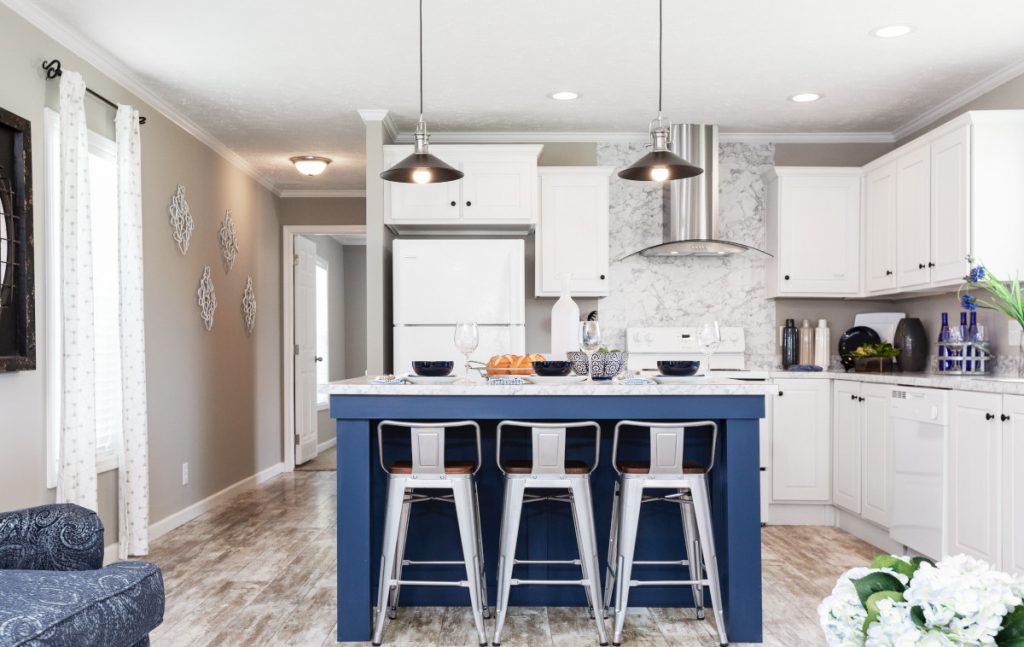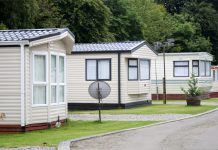The Value of Manufactured Homes

Communicating something you’re passionate about can be a difficult task. This is particularly true when your topic spans multiple industries and is based on places that tens of millions of Americans call home.
This is precisely the task Audrey Eason of Clayton and Stacey Epperson of Next Step have completed with a white paper entitled “Off-Site Built Homes: An Evolving Industry that Meets Today’s Affordable Housing Needs”.

Epperson and Eason began having a conversation and conceptualized what the white paper might be in 2018.
“It’s not a secret that off-site built housing is a great solution for affordable housing,” Eason said. “The real opportunity was to create a document that aggregates information about the important role off-site built housing plays in the industry. It’s about making something that’s accessible and easy to use when talking with the public or even a developer who’s not considered off-site housing.”
What the White Paper Covers
The white paper on off-site built homes includes information on manufactured homes and modular homes. It focuses on the current prevalence of factory-built dwellings, how they fit the changing marketplace demands, and the sustainability of new homes.
“We wanted to touch on everything, but something that really spiked our interest when talking with Next Step was about the opportunity for appreciation. Manufactured housing appreciates over time in a way that mimics site-built homes,” Eason said. “That’s why we wanted to highlight that particular point.”
In mid-2018, the Federal Housing Finance Agency published in its quarterly Home Price Index report a pilot report on manufactured housing that showed the factory-built product does appreciate in value in a manner that is similar to standard site-built homes.
“Each time I speak, particularly outside of the industry, I am asked about appreciation,” Epperson said. “We have information now that’s so solid and recent, that we really can capture people’s attention.”

The Case for Urban Infill?
Clayton and Next Step, which are long-time collaborators on a series of initiatives, are working together to organize a schedule of presentations at event within and outside the manufactured and modular industries.
Eason and Epperson said they felt with the development of CrossMod™ homes that can be placed seamlessly in many urban areas alongside all variety of site-built homes that the timing was particularly good to reframe the conversation.
“I really see the opportunity with CrossMod because it aligns so well with what Next Step has been preaching for a long time, specifically about the benefits of a permanent foundation, energy-efficient features, and consumer-friendly financing,” Eason said.
“We believe and have proven that you can go into suburban areas with this product, build a great product and help improve the neighborhood,” Eason added. “It takes some time because there initially is a little bit of ‘not in my back yard’ sentiment for affordable housing specifically surrounding manufactured housing. But it’s great to go through the process and watch how people’s impressions can change.”
Where is The White Paper Going?
U.S. Department of Housing and Urban Development Secretary Ben Carson and his staff received a copy of the “Off-Site Built Homes: An Evolving Industry that Meets Today’s Affordable Housing Needs” white paper during a tour of a home building facility in Alabama earlier this year.
“We’ll take it on the road with our different stakeholders across the country,” Epperson said. “We participated with the Aspen Institute this year and played a role in an affordable housing research project they are working on.
“The change I’m seeing nationally right now with funders, think tanks, thought leaders, the conversation has shifted,” she said. “The door has opened to really engage deeply on making manufactured housing more available.”










